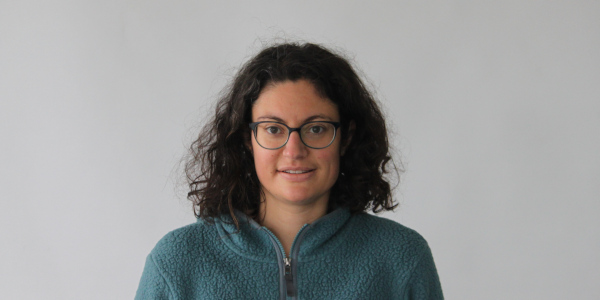@article{Goux2023.04.11.536264,
title = {Sucrose phosphorylase from Alteromonas mediterranea: structural insight into the regioselective α-glucosylation of (+)-catechin},
author = {Marine Goux and Marie Demonceaux and Johann Hendrickx and Claude Solleux and Emilie Lormeau and Folmer Fredslund and David Tezé and Bernard Offmann and Corinne André-Miral},
url = {https://www.biorxiv.org/content/10.1101/2023.04.11.536264v2
hal-04095395v2 },
doi = {10.1016/j.biochi.2024.01.004},
year = {2024},
date = {2024-01-09},
urldate = {2024-01-09},
journal = {Biochimie},
publisher = {Cold Spring Harbor Laboratory},
abstract = {Sucrose phosphorylases, through transglycosylation reactions, are interesting enzymes that can transfer regioselectively glucose from sucrose, the donor substrate, onto acceptors like flavonoids to form glycoconjugates and hence modulate their solubility and bioactivity. Here, we report for the first time the structure of sucrose phosphorylase from the marine bacteria Alteromonas mediterranea (AmSP) and its enzymatic properties. Kinetics of sucrose hydrolysis and transglucosylation capacities on (+)-catechin were investigated. Wild-type enzyme (AmSP-WT) displayed high hydrolytic activity on sucrose and was devoid of transglucosylation activity on (+)-catechin. Two variants, AmSP-Q353F and AmSP-P140D catalysed the regiospecific transglucosylation of (+)-catechin: 89 % of a novel compound (+)-catechin-4′-O-α-d-glucopyranoside (CAT-4′) for AmSP-P140D and 92 % of (+)-catechin-3′-O-α-d-glucopyranoside (CAT-3′) for AmSP-Q353F. The compound CAT-4′ was fully characterized by NMR and mass spectrometry. An explanation for this difference in regiospecificity was provided at atomic level by molecular docking simulations: AmSP-P140D was found to preferentially bind (+)-catechin in a mode that favours glucosylation on its hydroxyl group in position 4′ while the binding mode in AmSP-Q353F favoured glucosylation on its hydroxyl group in position 3’.},
keywords = {},
pubstate = {published},
tppubtype = {article}
}

